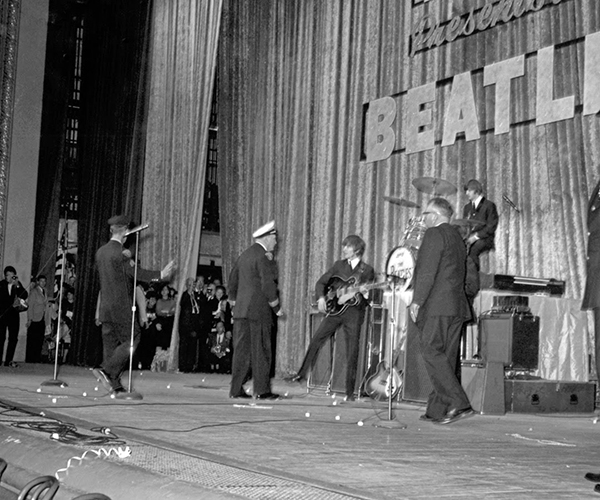It sounds like the ultimate couch-potato fantasy lolling in bed for days on end, doing nothing but eat, sleep and watch television. But as Steve Snitzky can tell you, there are drawbacks to participating in a 12-week study conducted by The Cleveland Clinic and NASA to measure bone loss from long-term inactivity.
The biggest drawback is the possibility of not being able to walk when you first get up. When the 31-year-old Euclid resident leaves his bed Nov. 1, he will head to The Clinic's guesthouse for up to two weeks of rehabilitation.
"My balance is going to be shot for a long time," Snitzky says matter-of-factly. "The first day is just going to be spent sitting up and lying back down. Eventually, Iill get a physical therapist."
Itis all in the name of science, of course. Clinic spokeswoman Michelle Bolek describes the three months of bed confinement as "the best analog we have to space travel."
Snitzky decided to hit the sheets after his seasonal employment managing a trio of Lake County HandR Block locations ended last spring. He learned about the $1,000-a-week opportunity to participate in the study from a nurse who spoke at a meeting of the Chagrin Valley Job Seekers.
"I was actually open to anything that was interesting," enthuses Snitzky, who lives at home with his mother. "This was really intriguing because Iive always been a fan of NASA. I love watching the shuttle launches."
As for the pay, he says he made more spending a dozen weeks in bed than he would have earned at HandR Block during the same time.
The money, however, wasn't as easy as some might think. Snitzky had to undergo a battery of physical and psychological tests before he was accepted as a subject. He had to get used to his bed, the head of which was lowered six degrees to simulate zero gravity.
"The first day, it was uncomfortable," he says. "But my body started to get used to it after that."
And once he climbed into that bed on Aug. 8, he wasn't permitted to sit up in or get out of it for any reason, not even to go to the bathroom. He showered while lying down on his back using a hand-held nozzle attached to a spigot in an adjoining bathroom and managed to eat his meals by rolling over on his stomach and propping himself up on his elbows. Snitzky quickly dismisses the notion that he spent his days popping bonbons. Any snacks he had were items saved from his breakfast, lunch and dinner meal trays. At press time heid actually shed 14 pounds from his 6-foot-2-inch, 225-pound frame.
"They pre-measured everything," he explains. "I'm supposed to leave at the exact same weight I came in at I'm not supposed to gain, Iim not supposed to lose."
Despite the inconveniences, Snitzky says there were some aspects of the study he enjoyed. He's used the last three months to indulge his love of reading he's finished more than a dozen books by the likes of Stephen King and John Grisham and familiarize himself with Microsoft Office programs using a laptop mounted on a tray table so he can type while he's on his back.
"The NASA [association] is really cool," he adds. "It is a big ego thing. When they do go to Mars, I can tell everybody, "I helped them do that."
The Cleveland Clinic is looking for people who would like to participate in this ongoing study. For more information, call (216) 445-1002.



